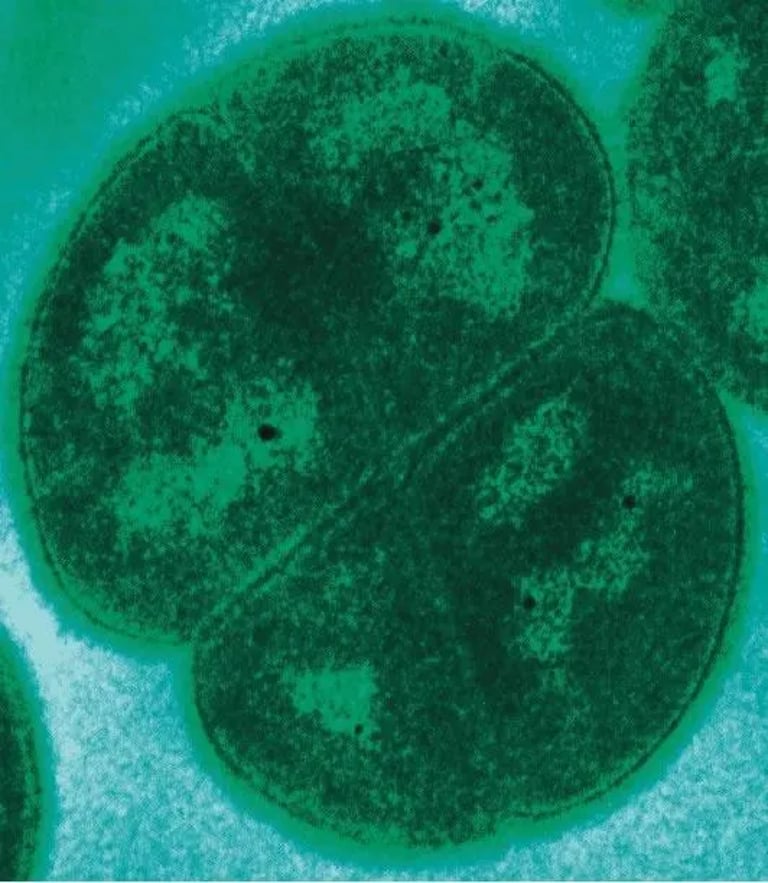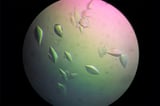New Bacteria from Everest Thrives in Extreme Conditions, Reveals Potential for Cancer Treatment
August 26, 2024
A new bacterial species, named Knoellia glaciei, was isolated from the moraine of Mount Everest, thriving in extreme environmental conditions, including high radiation exposure.
This microorganism can withstand radiation doses up to 1000 times greater than those lethal to most organisms, as well as surviving dehydration, vacuum, and acidic conditions.
Survival tests demonstrated that strain S7-12T exhibits superior radiation resistance, surviving UV intensity levels of 1000 J/m2, which is twice as resistant compared to Deinococcus radiodurans.
DdrC, a protein identified in the bacterium Deinococcus radiodurans, plays a crucial role in its remarkable ability to withstand extreme conditions, including lethal radiation levels.
This protein facilitates efficient DNA repair processes, allowing the bacterium to restore genomic coherence even after severe damage.
Researchers from Western University in Canada discovered that DdrC can directly halt DNA damage, making it a potential candidate for cancer vaccines.
When introduced into E. coli, DdrC increased the bacterium's resistance to UV radiation by over 40 times, demonstrating its effectiveness in enhancing DNA repair mechanisms.
Understanding the molecular strategies of resilient organisms like D. radiodurans may unlock new pathways for improving human health and extending lifespan.
The antioxidative mechanisms of D. radiodurans, including the use of manganese to reduce oxidative stress, could be adapted for human therapies.
The findings regarding DdrC and its implications for DNA damage and repair mechanisms were published in the journal Nucleic Acids Research.
Advanced imaging techniques, including X-ray capabilities at the Canadian Light Source, were used to map the 3D structure of DdrC and understand its function.
DdrC binds to DNA breaks, compacts the damaged segments, and signals the cell's repair mechanisms to address the issues, showcasing its unique operational independence.
Summary based on 4 sources
Get a daily email with more Science stories
Sources

Forbes • Aug 26, 2024
How Resilient Is Life?
ScienceAlert • Aug 26, 2024
This 'Holy Grail' Protein Repairs DNA And Could Lead to a Cancer Vaccine
Longevity.Technology - Latest News, Opinions, Analysis and Research • Aug 27, 2024
Researchers discover protein that prevents DNA damage